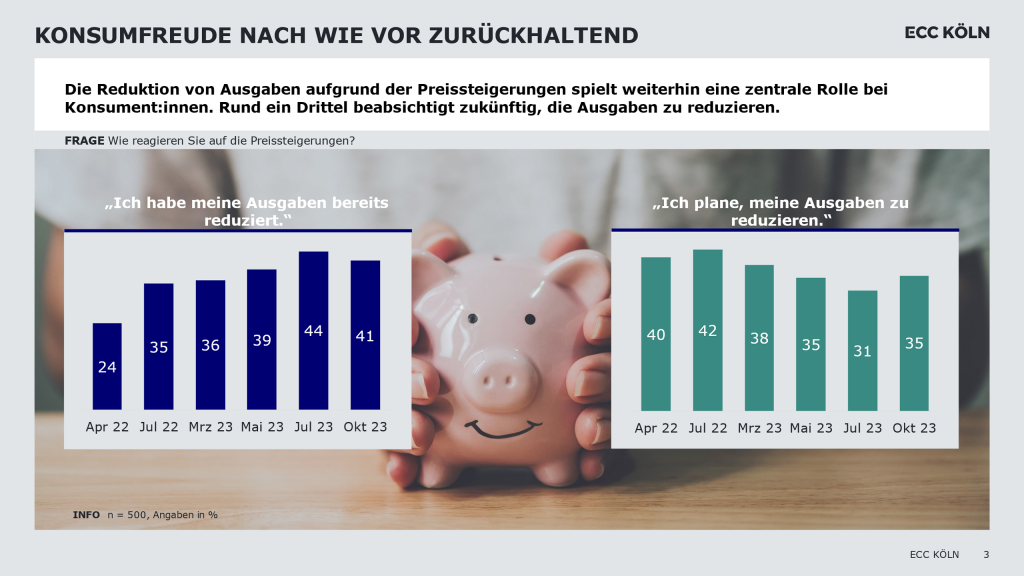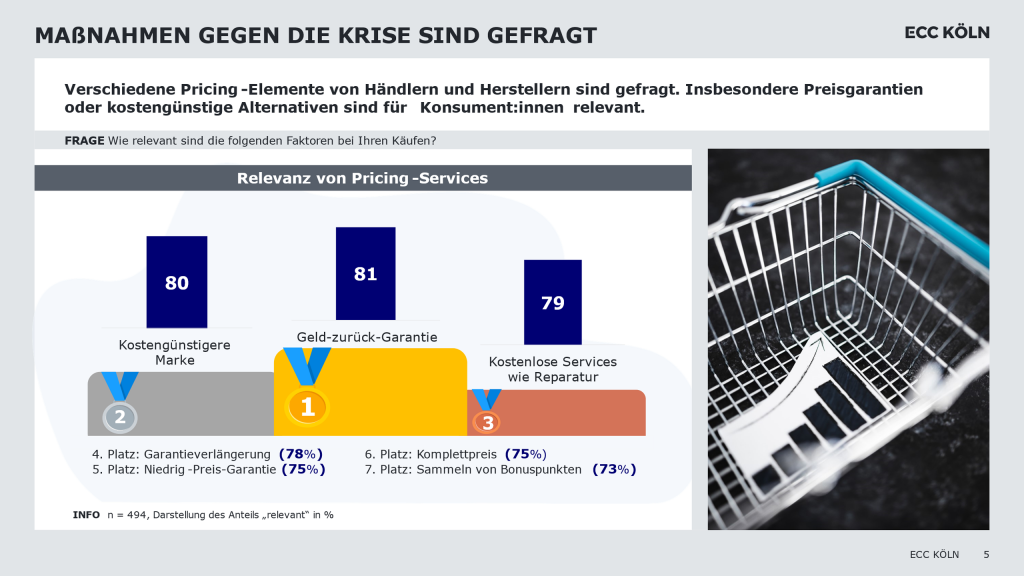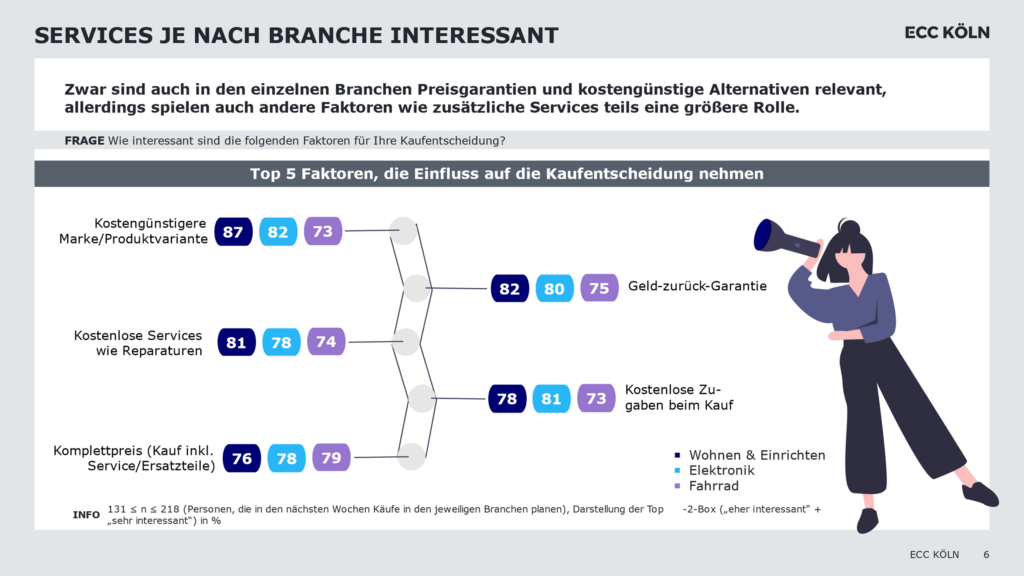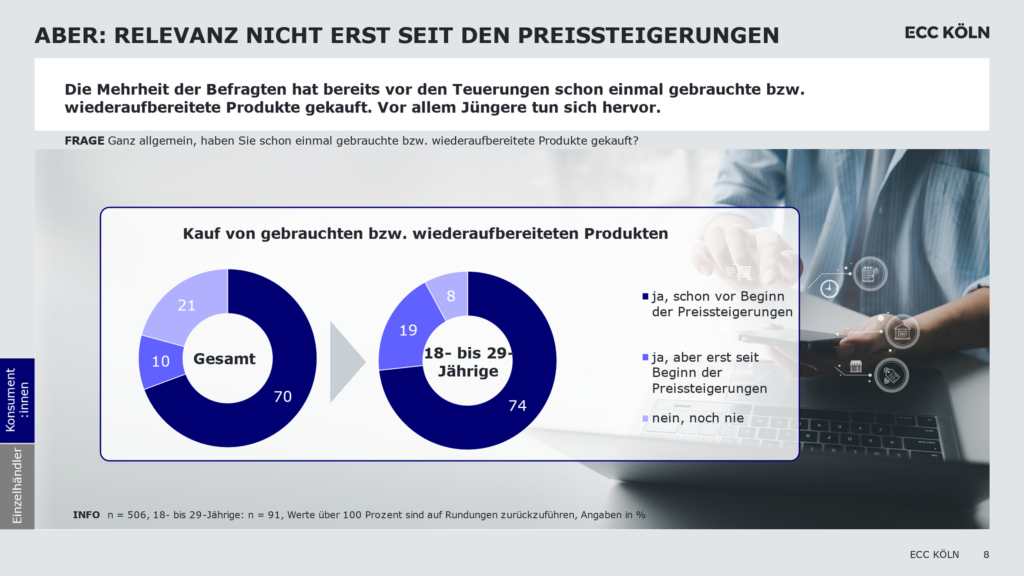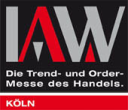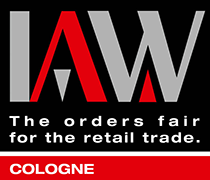Crisis mode – opportunity mode. A look at retail and consumers under stress.

Author: Dr. Ralf Deckers, Division Manager at IFH COLOGNE (to be experienced live on 04.03.2024 at the IAW trade fair, in the E-Commerce Arena, Hall 7, Stand D 118)
How retailers can emerge from the crisis with fresh impetus for new approaches.
“Crisis mode” is the word of the year 2023, according to the Society for the German Language (GfdS) in Wiesbaden. And let’s be honest: it will most likely also be the word of the year 2024. Prices are still rising. And consumers are noticing this: in their daily shopping, when shopping online, when going to a restaurant. You look at the bill in amazement and say to yourself, I didn’t buy that much.
In addition, there are political debates that are unsettling. The dispute over the Heating Act and the resulting requirements for homeowners. The collapse of the 2023 federal budget and the difficult 2024 budget. Bazooka, boom and double boom seem to have somehow fizzled out. Uncertainty is growing about what everyone will have to face and how much it will cost.
The daily shopping experience and the climate of uncertainty have consequences. Naturally. More and more people are saving, going to discount stores, switching to private labels, denying themselves impulse purchases. A further proportion are still waiting and are also using their savings. All in all, three quarters of the population are busy comparing prices and saving money. That is enormous.
It is no coincidence that second-hand products are currently experiencing a boom. The lower price of second-hand goods naturally plays a role in this. But that is only part of the story. The other part points to a change in attitude. People prefer to talk about vintage or preloved. That simply sounds much better. And it allows individuality, small product and previous owner stories to resonate. You don’t just buy cheap, you buy for your own, naturally highly individual lifestyle. And the best thing about it is that you’re doing something good for the environment at the same time.
The crisis also brings new opportunities for retailers. That sounds like a motivational seminar and consultant talk. But please read on. Let’s take a look at where retailers can and must start:
- Retailers must signal price confidence. Many consumers suspect that manufacturers are taking advantage of the crisis and simply raising prices. Even where it doesn’t actually seem necessary (e.g. through more expensive raw materials, more expensive preliminary products, more complex supply chains). You just go for it. The situation is so favorable right now. Retailers need to communicate that they are not in the category of those who are willing to take advantage. The means for this are known and effective. A low price guarantee goes down well with customers and is highly relevant for purchases.
- Retailers must use savings strategies and remove barriers to purchasing. Offering a lower-priced brand helps with this. If many people switch to the lower shelf segment, the lower-priced range must already be positioned there. And those who are still hesitant will be attracted by guarantees and services. The money-back guarantee persuades people to buy first. Then you can always return it. (And then usually don’t.) The extended warranty offers the prospect of longer holding and usage times. Free repair services enhance the overall offer and ensure the security of continued use.
- Retailers need communication oomph. One thing is certain: in comparison with other channels for communicating offers – whether online or offline – the brochure, and currently the printed brochure in particular, has the greatest impact on sales. The brochure is a master at boosting frequency and increasing shopping baskets. This effectiveness is in demand right now. But the whole communication orchestra makes the impact. The online presence, price comparison sites or offer communication in the local store also play an effective role – to name just a few relevant channels. However, each retailer must look individually and find the right way to communicate offers to the right target group at the right time. In times when we have more and more data about our customers at our disposal, this is becoming increasingly easy.
- Retailers must take advantage of the preloved boom. Retailers see the sales opportunity offered by the pre-owned business. This is no small thing in times of purchasing restraint and negative growth. Retailers also see the image boost that the preloved business brings. It allows them to position themselves as “sustainable”. And even in difficult times, the topic of sustainability has not disappeared from the agenda. It has taken a back seat and the willingness to pay more for sustainable products seems to have slowed down (for the time being). However, consumers are telling us that they will want to spend more on sustainability again once the crisis is over. A good reason to get involved here. Even if day-to-day business often takes first priority: By focusing on sustainability, we are investing in the future.
“Crisis mode” is the word of the year 2023 – and rightly so, as our empirical findings on the mood and purchasing behavior of Germans show. But at the same time, there are also levers and areas of opportunity that make a successful company possible. We have also shown this. Let’s make use of them. And let’s work on making 2024 the year of “opportunity mode”.
